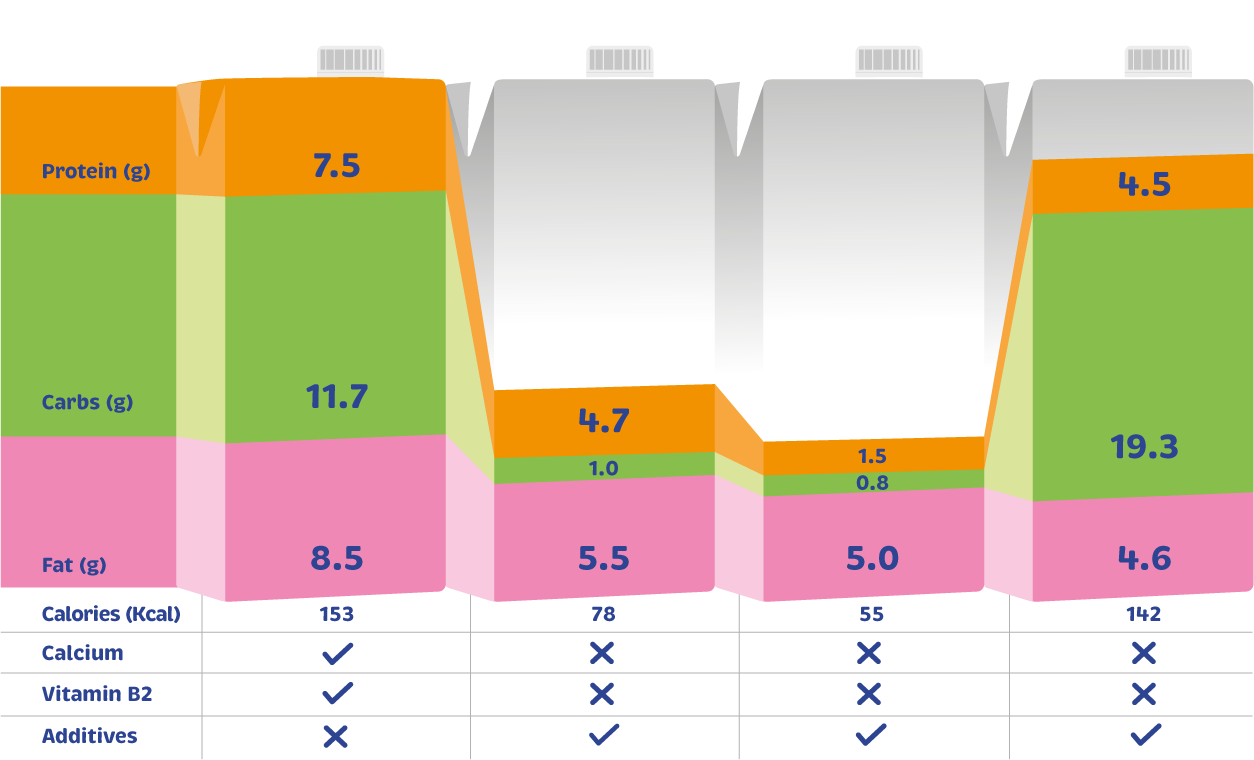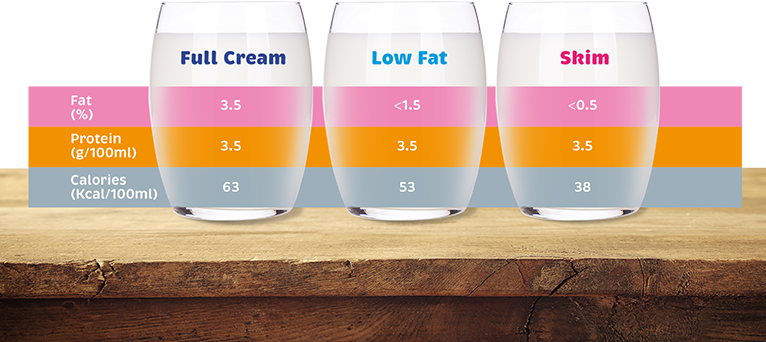SUGARS & OUR FOOD
Sugar is conventionally used to describe monosaccharides and disaccharides such as sucrose, dextrose, glucose, galactose and fructose. It can be found naturally in foods or can be added to foods during processing.
Lactose is a naturally occurring sugar in milk and dairy products. It is a type of carbohydrate that when broken down is slowly absorbed by our body. Undigested lactose helps increase the absorption of minerals such as calcium, magnesium and zinc. Natural sugars in milk fuel our body and brain. In addition, lactose may also have beneficial effects on gut health and early immune development.
Fructose is a naturally occurring sugar commonly found in fruits, honey and root vegetables. It is absorbed directly into the bloodstream during digestion and has no impact on insulin production or blood glucose levels. Excessive fructose intake may increase the risk of metabolic syndrome and fatty liver disease.
Sucrose is the scientific name for table sugar. It is crystallised white sugar produced from natural sources like sugar cane or sugar beets. It is commonly added to processed foods and can be broken down by the body rapidly. As a result, consuming sucrose may cause spikes in insulin and blood sugar levels.
BBC Good Food, Sugar Explained, 18 January 2019 | Healthline.com, Sucrose vs Glucose vs Fructose: What's the Difference? 8 June 2018 | Healthline.com, �How Much Sugar Is in Milk? 10 December 2019 | Health Designs.net, Natural vs Refined Sugar: Why the Difference Matters, 30 October 2017 | National Library of Medicine, Fructose and Sugar: A Major Mediator of Non-Alcoholic Fatty Liver Disease, 2018 | National Library of Medicine, Human Milk: Composition and Health Benefits, 2017 | Science Direct, Lactose and lactose derivatives as bioactive ingredients in human nutrition, May 2008 | Nutrients, The Importance of Lactose in the Human Diet: Outcomes of a Mexican Consensus Meeting, 12 November 2019

